Review and Analysis of Robert’s Polar Outer Windproof Layer
Introduction
Besides down products, Robert’s offers exceptional outer windproof layers for any serious winter expedition. Why are they unique and different from the competition? The reason is as follows: these are not Gore-Tex or any membrane products, so they are not waterproof, but they breath extremely well in cold temperatures, and are absolutely awesome in their windproof properties. Believe me, no other manufactured layer (and I used tons) can even come close in these two aspects to these clothes. In fact, the colder it is, the better these clothes tend to breath.
Before we proceed, let’s summarize all the unique features of these products, that make them completely distinctive from any competition:
- Fully breathable even in below -50 C (personally tested)
- Fully windproof even in savage winds, below -50 C (personally tested)
- Another cool additional feature is that the material makes it very easy to rub off any ice that accumulates during a climb or expedition. You can just rub it off (personally tested).
- Finally, the material stays soft even in less than -50 C (personally tested).
The main application of these clothes is wind protection in cold temperatures. During my winter expeditions, depending on the expedition profile I used many variants of Robert’s outer windproof layer. This includes
– Lightweight windproof jacket, for anything related to climbing in cold temperatures, shortest polar expeditions, etc. Ultralight, very simple, exceptionally windproof and breathable.
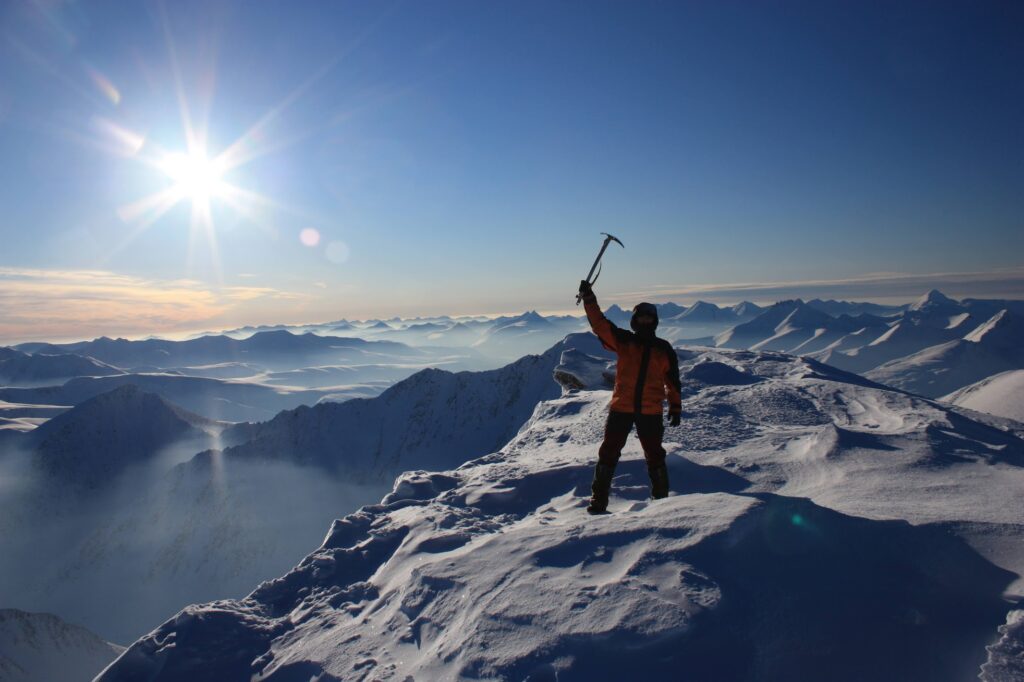
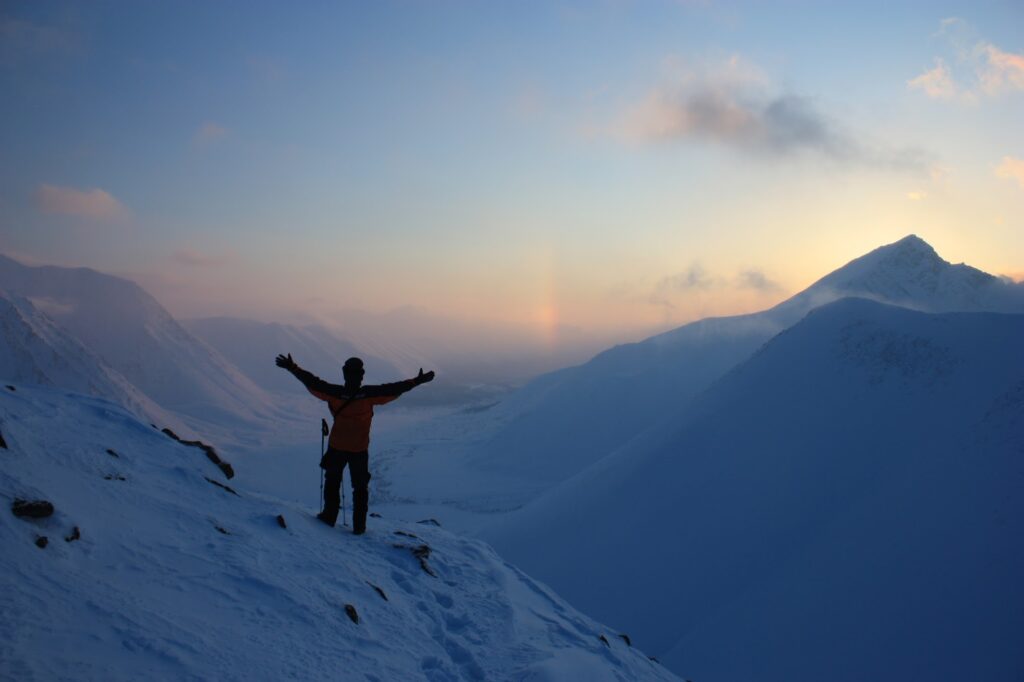
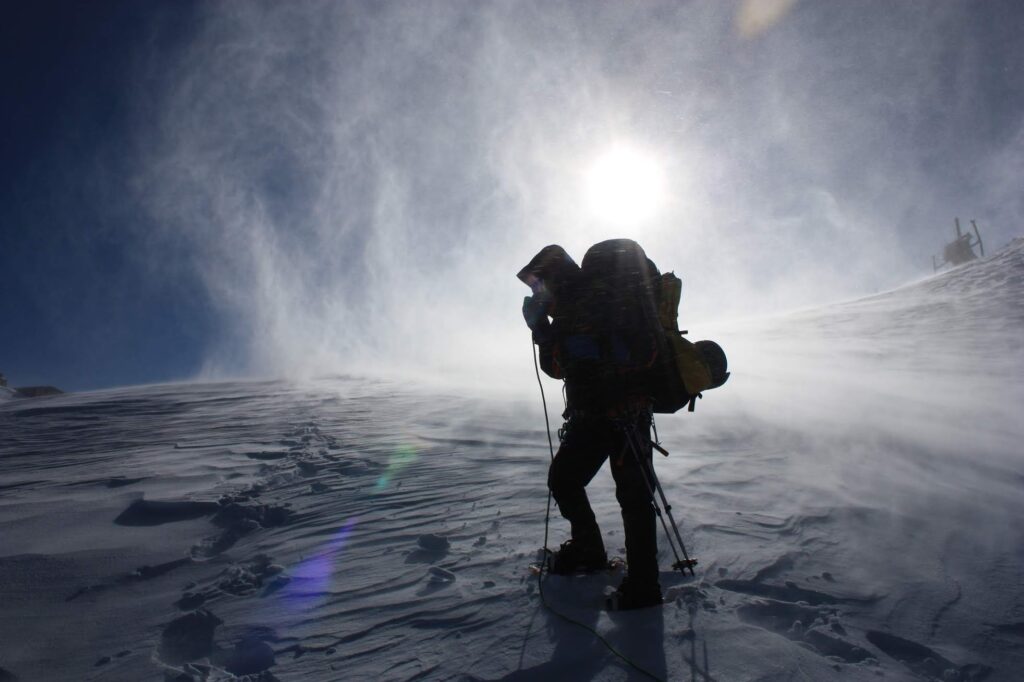
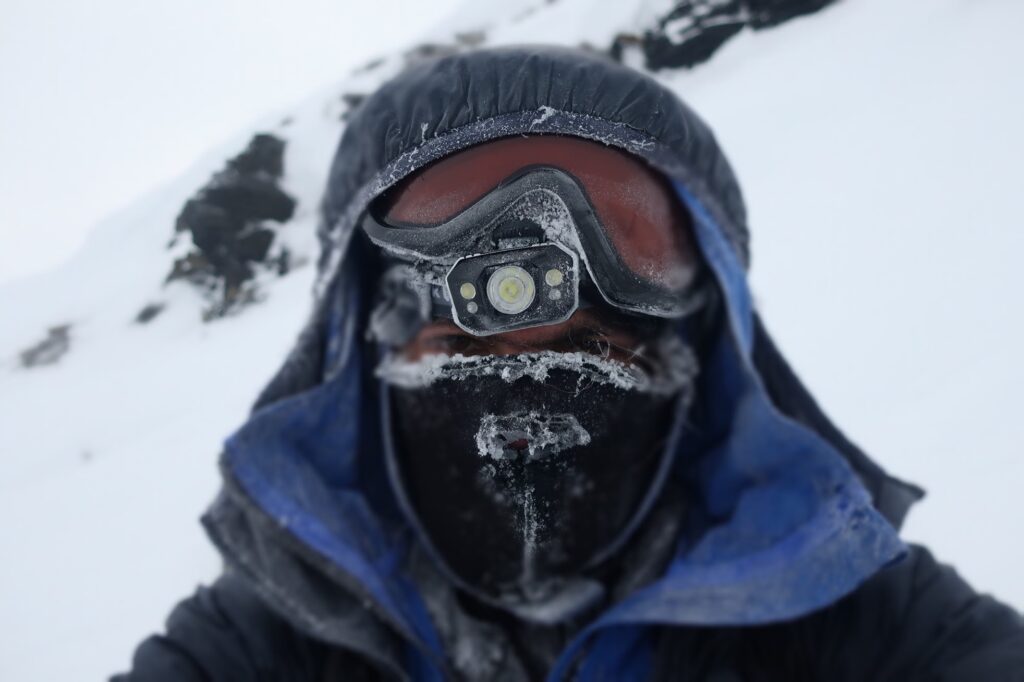

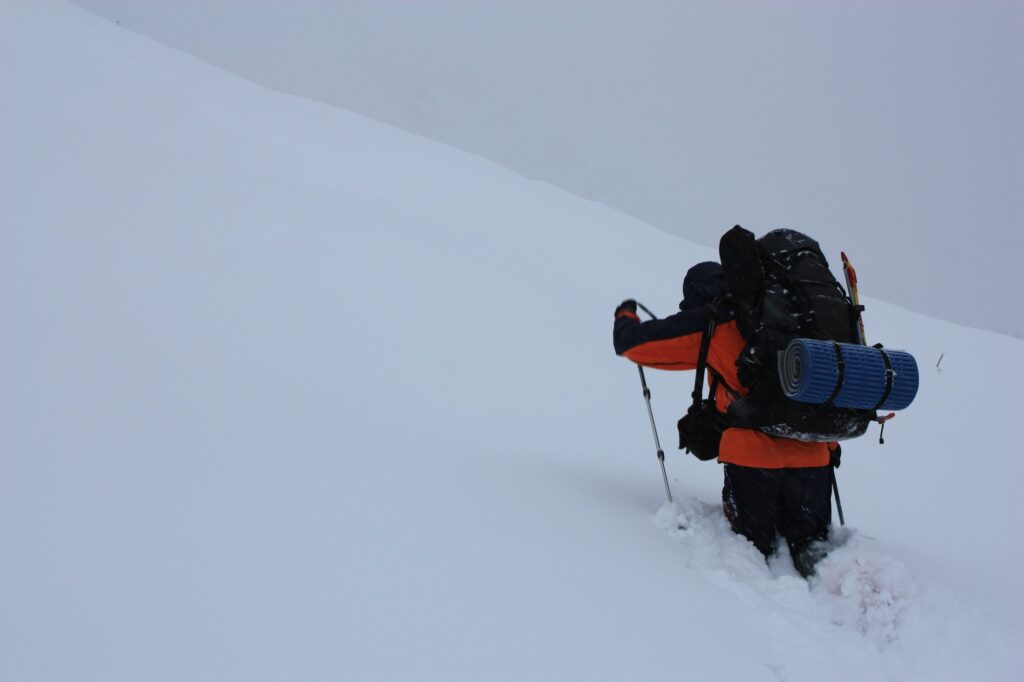

– Lightweight windproof anorak, a special longer kind of a jacket for longer polar traverses, with fur around the face, larger pockets. A nice example additional feature is that it has special robust buttons for making its length a bit shorter, so that i can be also used in some occasional climbs on the way (in my Siberia expeditions, it’s common that you do a ski traverse, which is purely “polar” in its characteristics, but at some point you may want to climb some mountain).
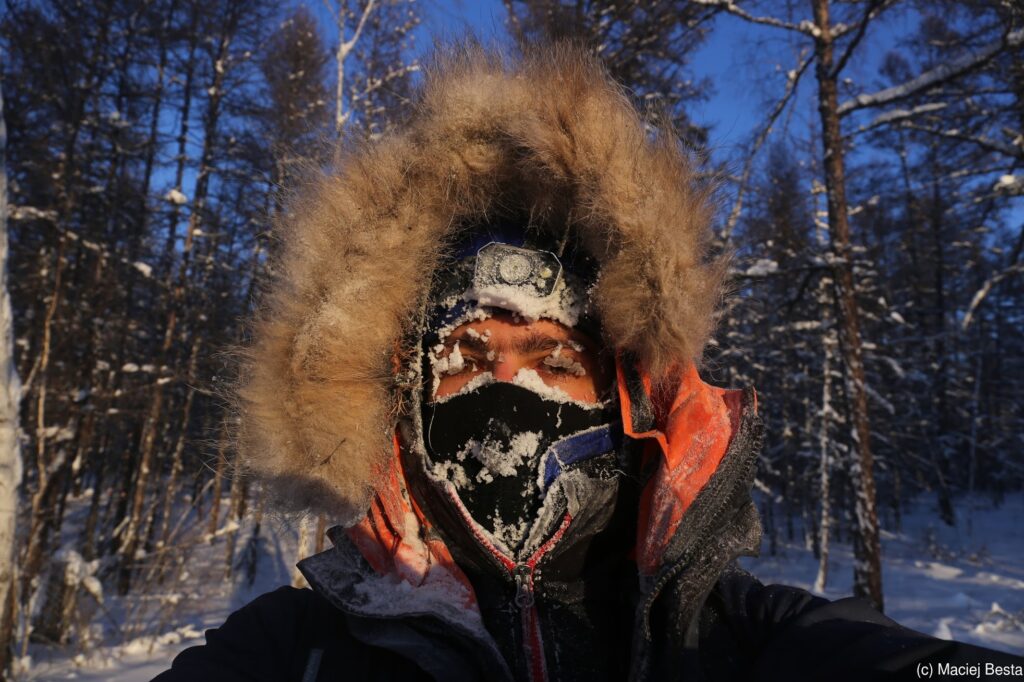
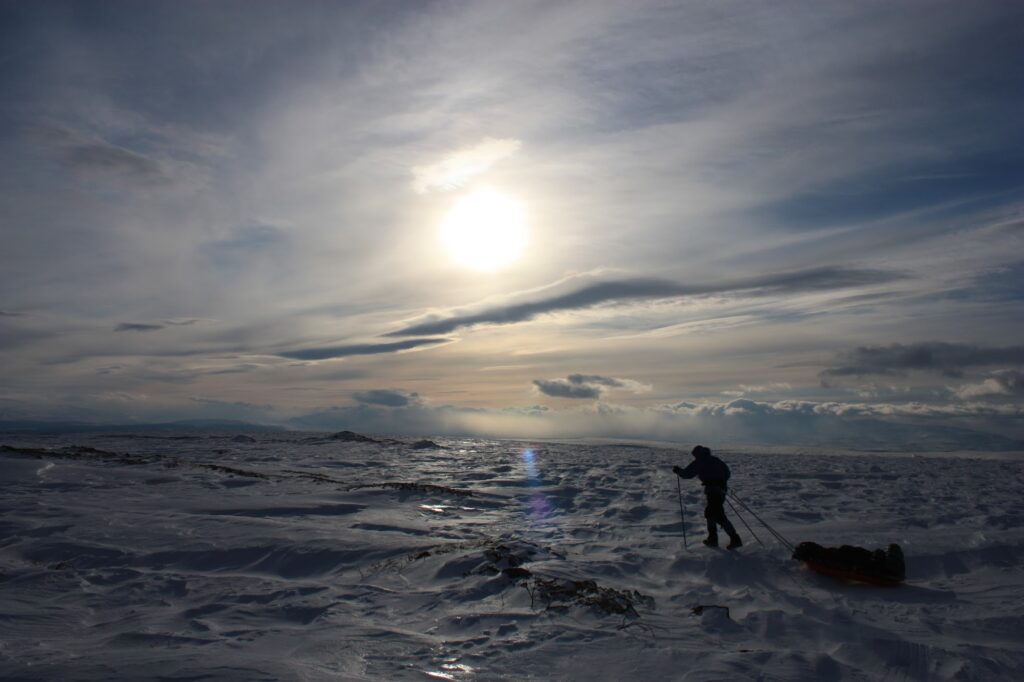
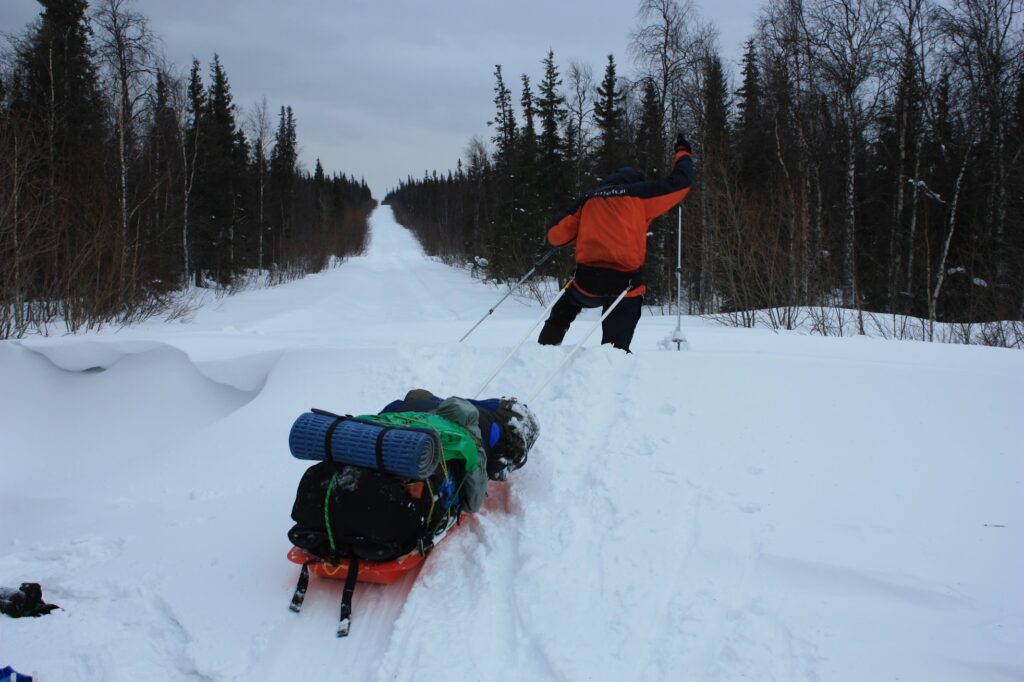
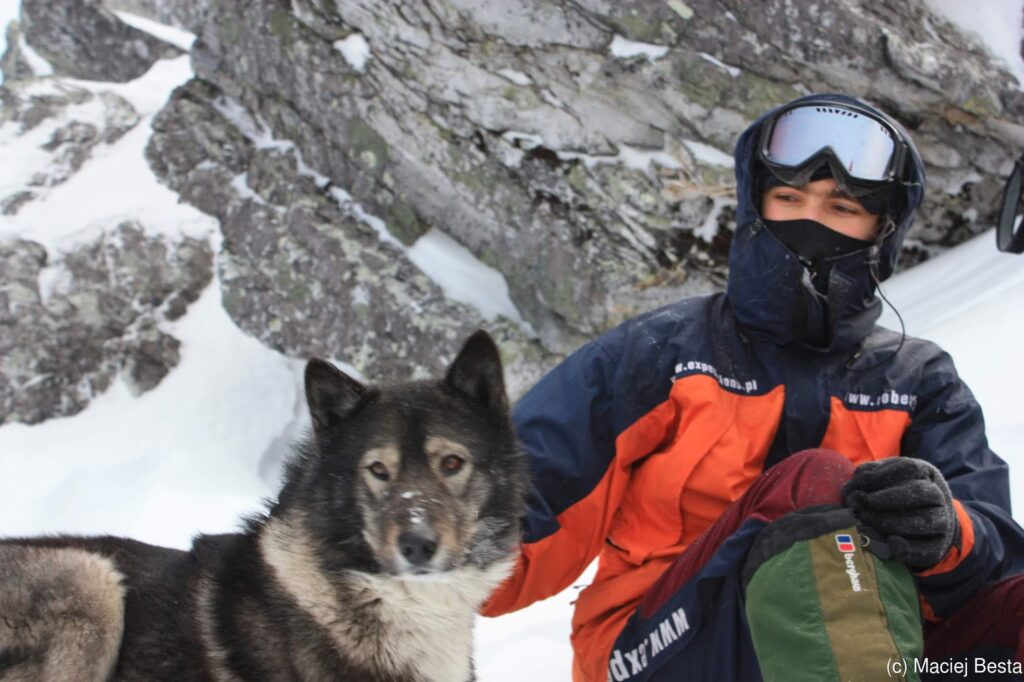
– Lightweight trousers. Same material as the jacket or the anorak, so they inherit all the benefits.

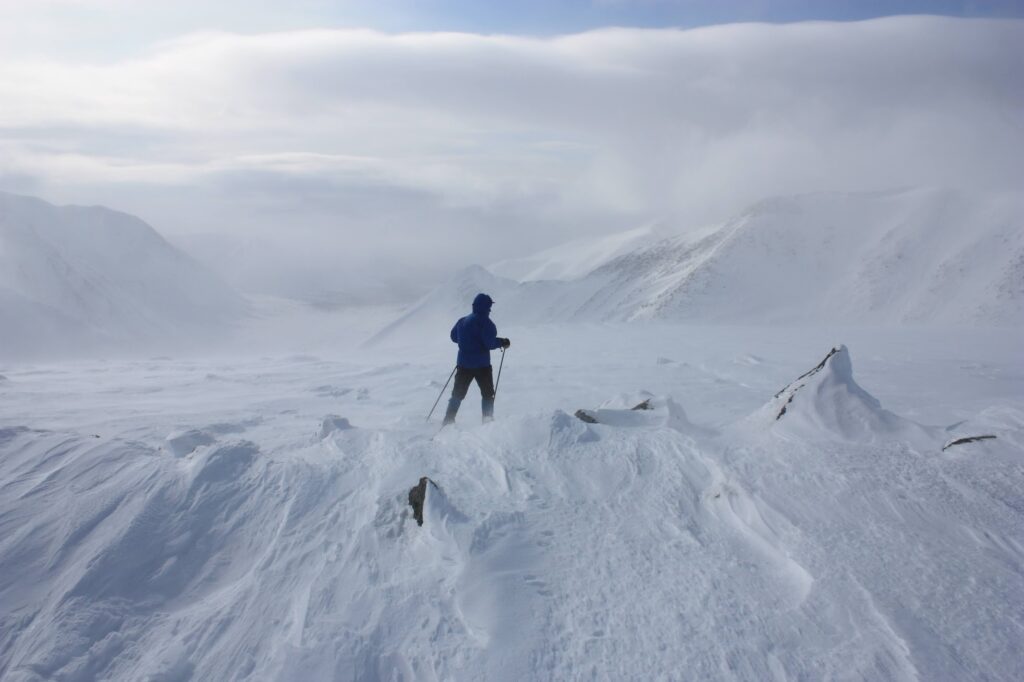
– Lightweight cap, a truly unique cap; it’s described in a separate article here.
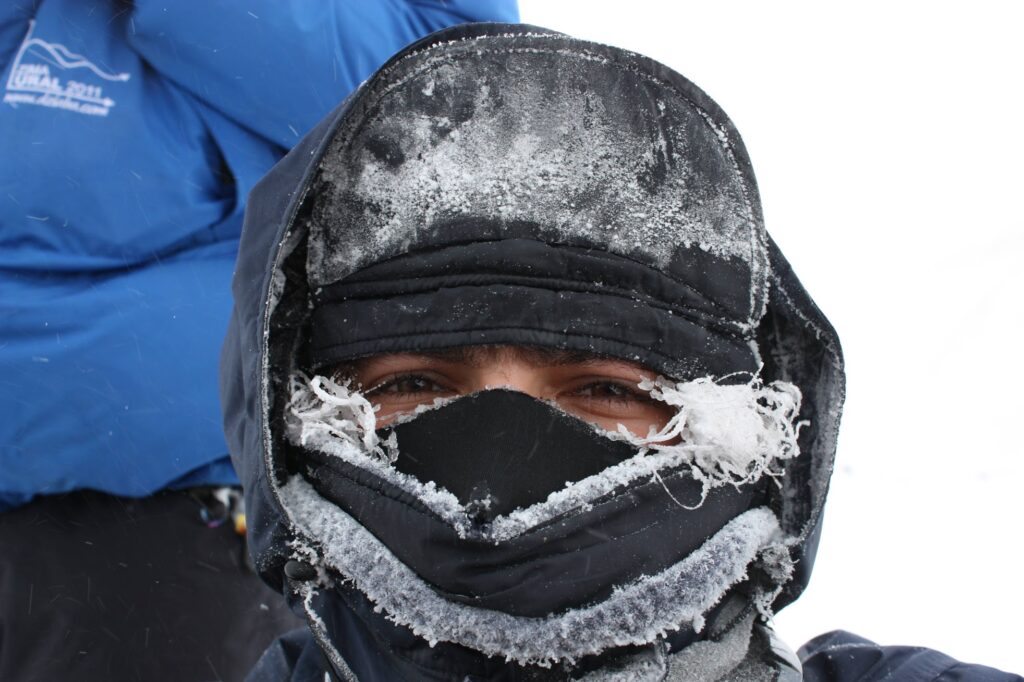
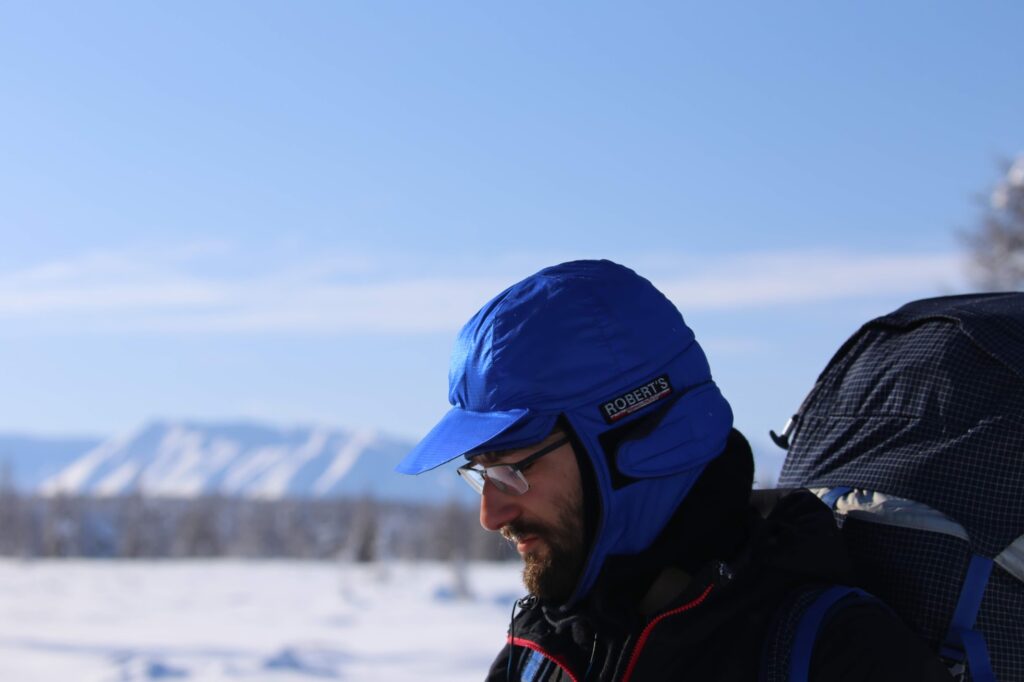
– Lightweight mittens, ultimate mittens for wind protection, with inner removable layer for additional warmth protection. Simple, rugged, light, and fast-drying.
Now, the funny thing is, these items are not listed on the Robert’s website (it seems the interest is high enough and people just know about these products and order them via email). So if you need any of these, just go ahead and contact Robert’s by email.
https://roberts.pl/
Test Locations and Other Details
I used these clothes in each of my winter expeditions or any other activities, be in January expeditions to the coldest parts of Siberia, or winter Alps.
Some more pictures…
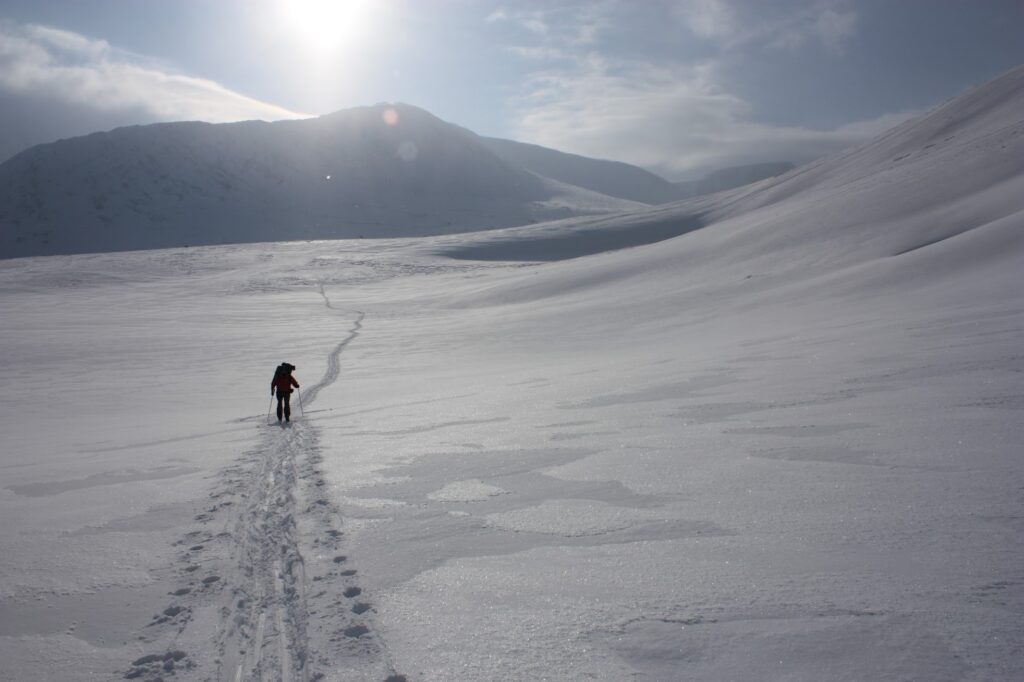
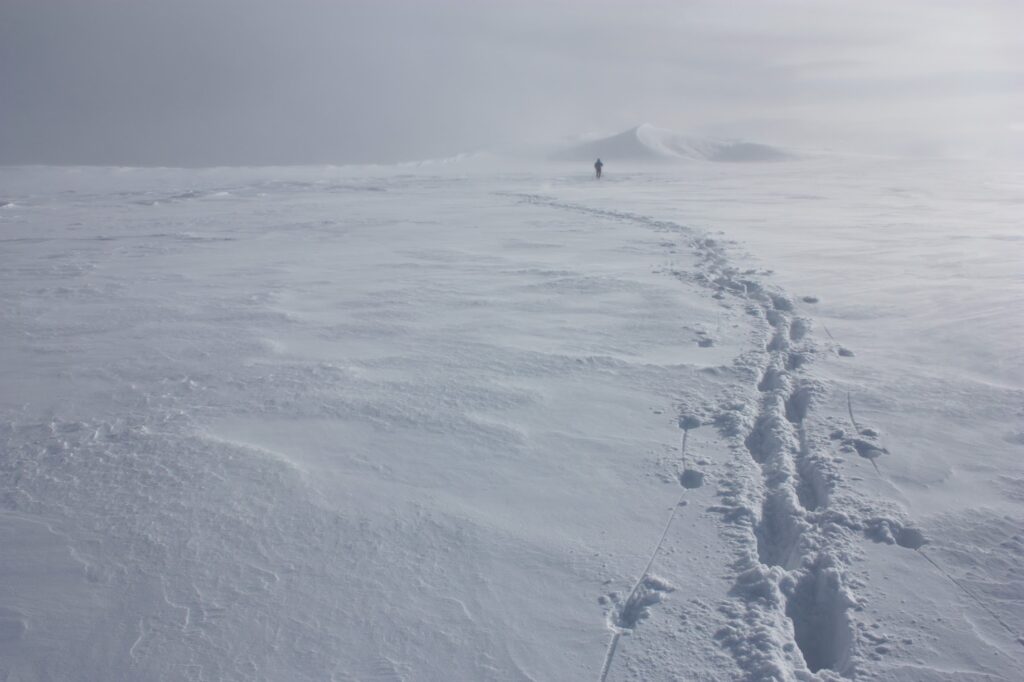
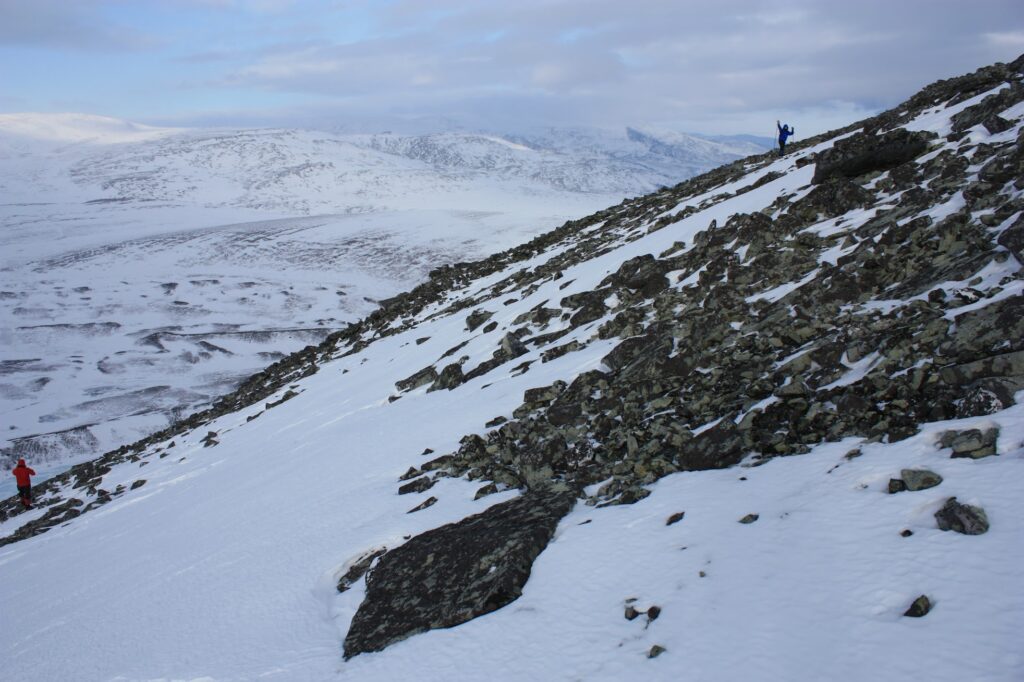
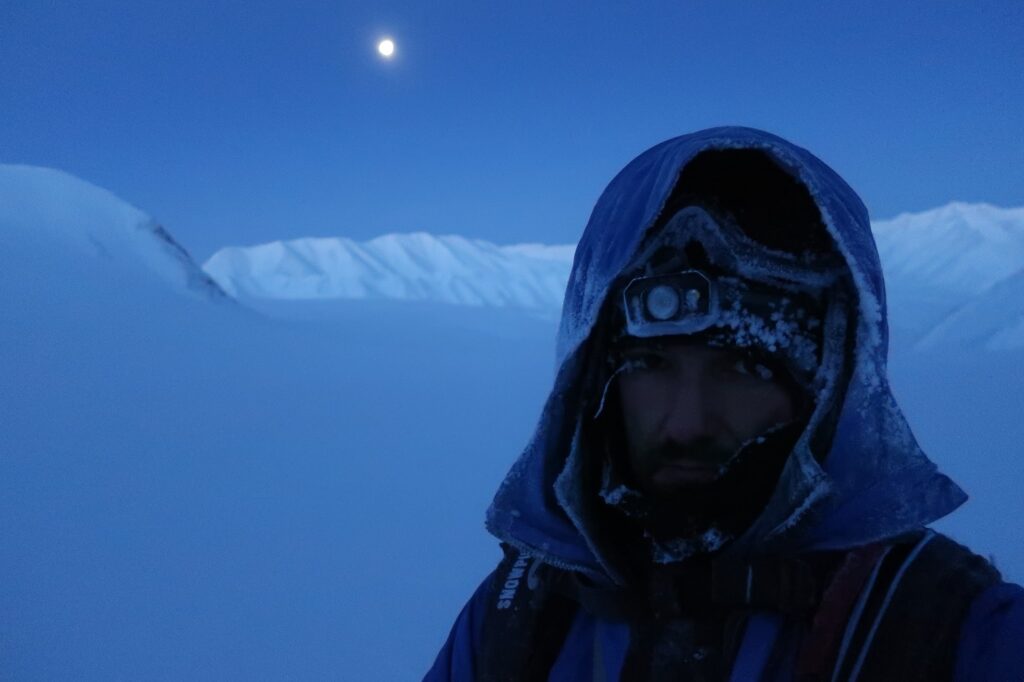
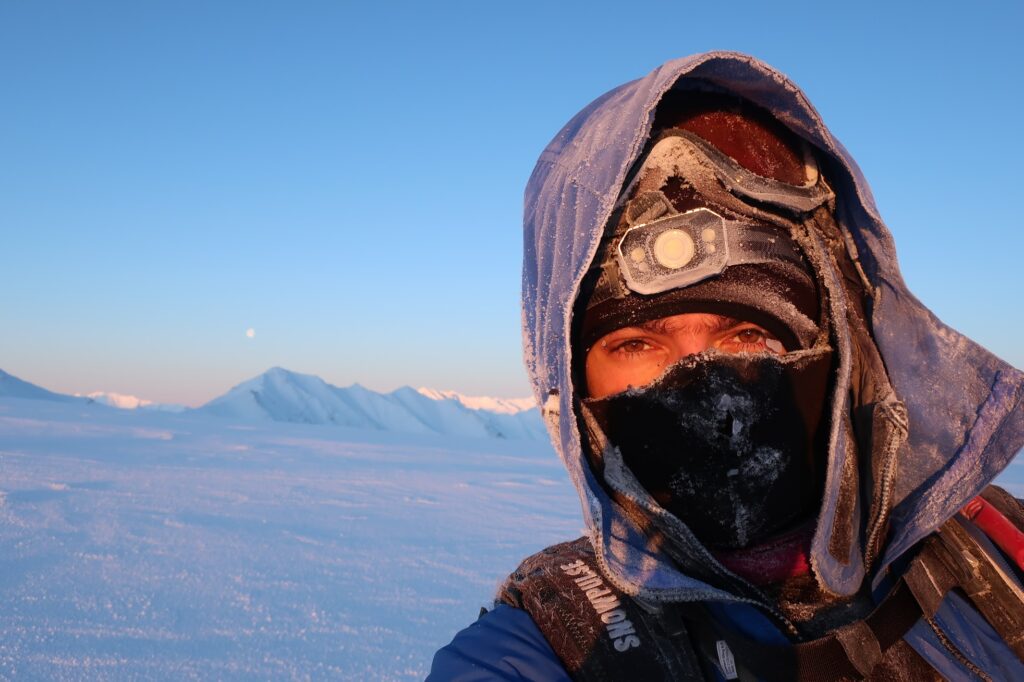
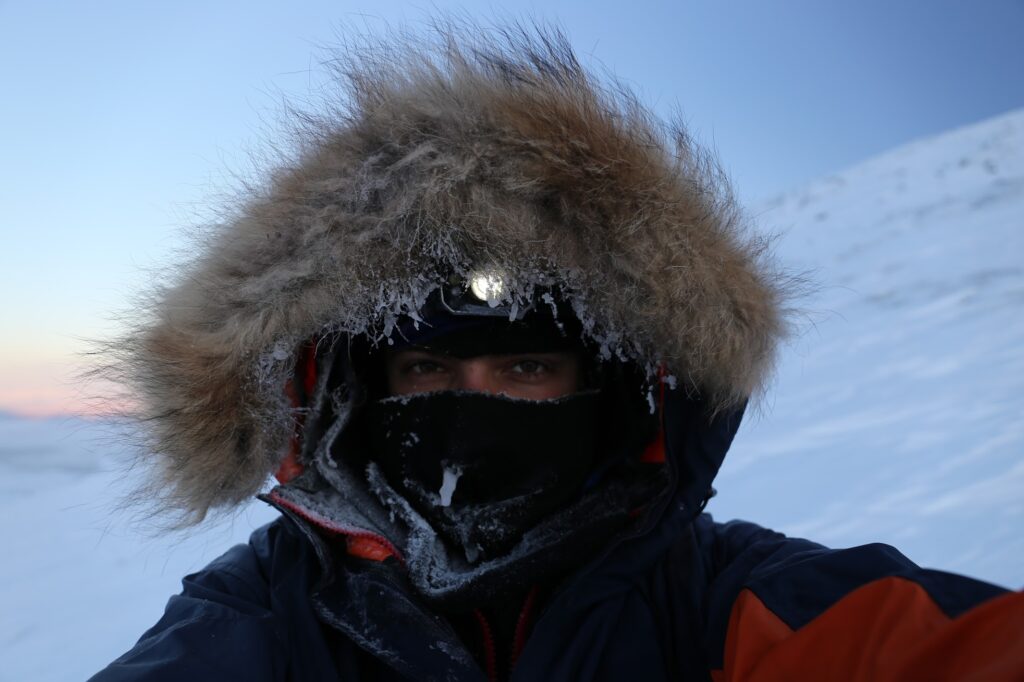
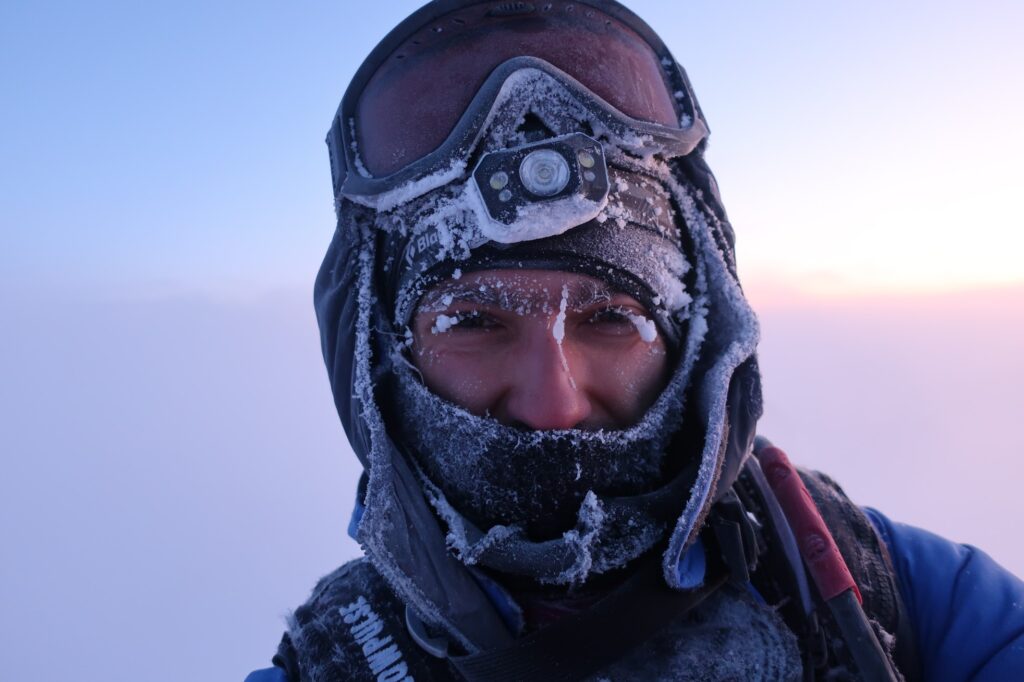
Pros and Advantages
Let’s iterate the most important advantages:
(1) Exceptionally breathable. The material used for these clothes is Roberts secret; its amazing property is that the colder it is, the better this material breaths.
(2) Ultralight. The jackets are the lightest out of all possible such items that I ever saw or tried.
(3) Durable. Years of using and they still work well.
(4) Windproof. Complete protection from the wind, period.
(5) Functional and adjustable. You can always ask for any additional features, tune each item to your own needs.
Comparison to other outer layers
There is no real competition here. As everyone knows, membrane clothes are not a good choice for any really cold place, because they stop to breathe. Even in the not too cold locations, they will breathe much worse than these Roberts items.
Any limitations?
These clothes are for winter, specifically, for negative temperatures. If you’re going to a region where it’ll be around, say, down to -5 C, then I would personally take some lightweight membrane jacket. However, whenever you know for sure that the temperatures will stay negative, with no risk of getting some rain, then these clothes are plain the best choice.
Summary:
Robert’s outer polar layer products are in my view the best possible option for any type of expedition or trip to locations that are going to be cold, with no rain. They breathe better and give better protection from the wind than any other option that I ever tried.
As a side note, Robert’s products are used by many famous polar explorers, for example Marek Kamiński, Wojtek Moskal, Norbert Pokorski, and (the) famous Borge Ousland.
Gallery: